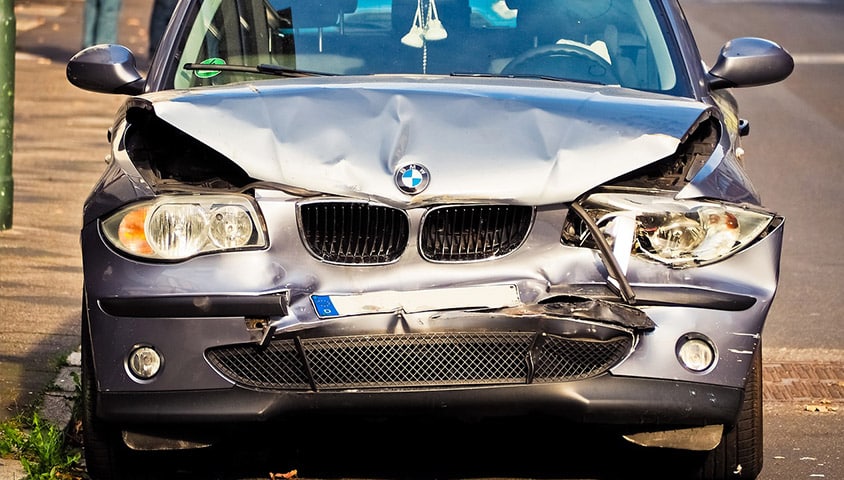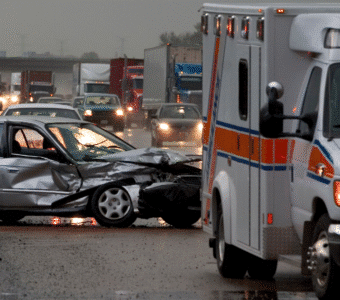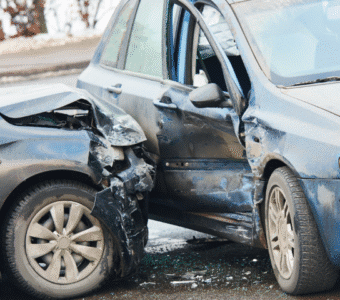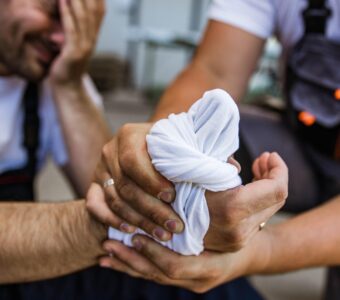
Rideshare Accident Statistics that Drivers Need to Know
Ridesharing has certainly taken commuting by storm. The number of Uber and Lyft vehicles on roadways across the United States have increased exponentially since the companies launched nearly a decade ago. People enjoy the benefits of ridesharing, such as convenience, affordability, an always-available designated driver, and a reduced environmental footprint.
But is ridesharing a strictly positive addition to our roadways? Researchers suggest there are some definite negative elements to ridesharing. Consider the following statistics:
- 2-3% of auto accidents in any given area can be linked to ridesharing or ride-hailing.
- Fatal auto accidents across the U.S. increased by 7.2% from 2014 to 2015.
- Fatal auto accidents increased by 5.6% from 2015 to 2016.
- Ridesharing services has been attributed to a 2-3% increase in auto accident fatalities, accounting for around 1,100 deaths.
- Ridesharing has been linked to an increase in vehicles on the road, and therefore, congestion. Rideshare drivers spend about 40
- 60% of their time searching for passengers, which is called deadheading.
- Auto accident fatality rates had decreased to the lowest rate since 1949 before ridesharing became popular in the U.S.
What do these statistics really mean?
Researchers are still debating that very question. It seems that ridesharing has helped reduce the number of drunk drivers on the road, which is definitely a positive attribute to the service. When there are less drunk drivers on the road, there is less of a chance of drunk driving accidents, which are among the most dangerous and deadly.
On the other side of the proverbial coin, the increase in ridesharing has increased congestion in many areas, especially in urban areas. Ridesharing drivers spend a lot of time looking for fares, which can lead to slow driving, parking along the roadway, and driver inattention. These are some of the reasons why ridesharing has been linked to an increase in auto accidents overall.
What You Can Do to Stay Safe
Now that ridesharing is so popular, drivers and pedestrians must be mindful of the presence of these vehicles and drivers. To stay safe, drivers and pedestrians should note the following:
Drivers:
- Be aware that rideshare vehicles may drive slowly, and may pull over to the side of the road to pick up passengers.
- If you see a driver with an Uber or Lyft sticker, be aware that they may be relying on an app to get where they are going. This can be distracting.
- If you are involved in an accident with an Uber or Lyft driver, contact an attorney before filing any insurance claims.
Pedestrians:
- Be mindful of Uber and Lyft vehicles, which may enter or exit parking lots, driveways, or roadside parking.
- Always use a crosswalk when crossing the street, especially in highly populated or congested areas.
- Never assume that a driver sees you. Rideshare drivers may be using an app to navigate or communicate with fares. They may be distracted.
What to Do After a Rideshare Accident
Whether you are a driver or a pedestrian, if you have been involved in an accident with someone driving an Uber or Lyft vehicle, contact The Embry Law Firm. Rideshare companies have complicated insurance policies, and may deny liability altogether. That could leave you with the burden and expense of your injuries, even if you were not at fault.
At The Embry Law Firm, we can help you understand your legal rights, and make sure that you get the compensation you deserve. We will work with you throughout the insurance claim process to make sure you are not taken advantage of. If your case warrants a personal injury lawsuit, then we can help you build and prove your case in court.
Schedule your free consultation today to get started. Our rideshare accident attorneys are here to help you.



